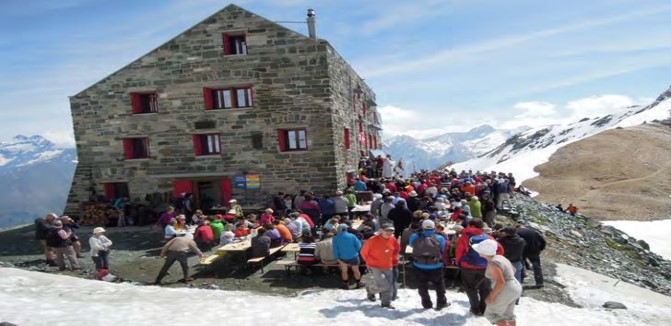Source separation sanitation is a promising and feasible option in extreme living conditions, such as cold or hot climates, to solve pollution problems on site and to benefit from the treated organic material. Construction, operation and integration of durable, sustainable, decentralized and small-scale sanitation systems in these areas is essential, but is a challenging undertaking. In this lecture two case studies are discussed, where the situation included various challenges such as: extreme environmental conditions (freezing and excessive temperatures), limited availability of water and energy, high seasonal fluctuations of organic load reflected in the number of tourists, providing a comfortable environment for the user without sacrificing the performance.
Among the extreme conditions that pose a challenge to wastewater treatment are: environmental sensitivity, water scarcity, and extreme climatic conditions. Remote areas are frequently challenged by these factors. Two source separation sanitation systems for tourist facilities located in sensitive areas with respect to its technical and environmental performance and its efficiency for blackwater treatment and nutrient recovery are discussed in this lecture. The two systems were located at Britannia Lodge in Saas Fee, Switzerland, at 3030m altitude, and at Sečovlje Soline Natural Park, Slovenia, a sensitive coastal area in the northern part of Adriatic Sea.
At the end of this lecture students will be able to:
- Explain the challenges for construction, operation and integration of decentralized and small-scale sanitation systems in remote areas in cold and warm climates.
- Challenge their thinking: how to adapt and combine wastewater treatment concepts
Zero-discharge solution for blackwater treatment at remote tourist facilities
Composting of the solid fraction of blackwater from a separation system with vacuum toilets -effects on the process and quality
Particle removal in a novel sequential mechanical filter system loaded with blackwater
Removal of particles in organic filters in experimental treatment systems for domestic wastewater and black water
The Small-Scale Approach in Wastewater Treatment
The Small-Scale Approach in Wastewater Treatment. In: Sharma S.K., Sanghi R. (eds.)
LIBRALATO G. (2013): The Small-Scale Approach in Wastewater Treatment. In: Wastewater Reuse and Management: , 195-224 . URL [Accessed: 19.12.2018]


